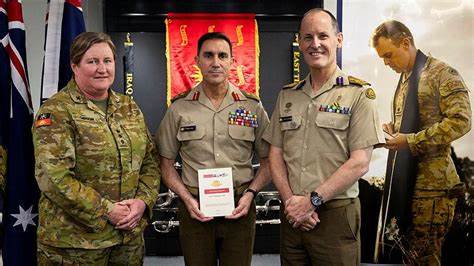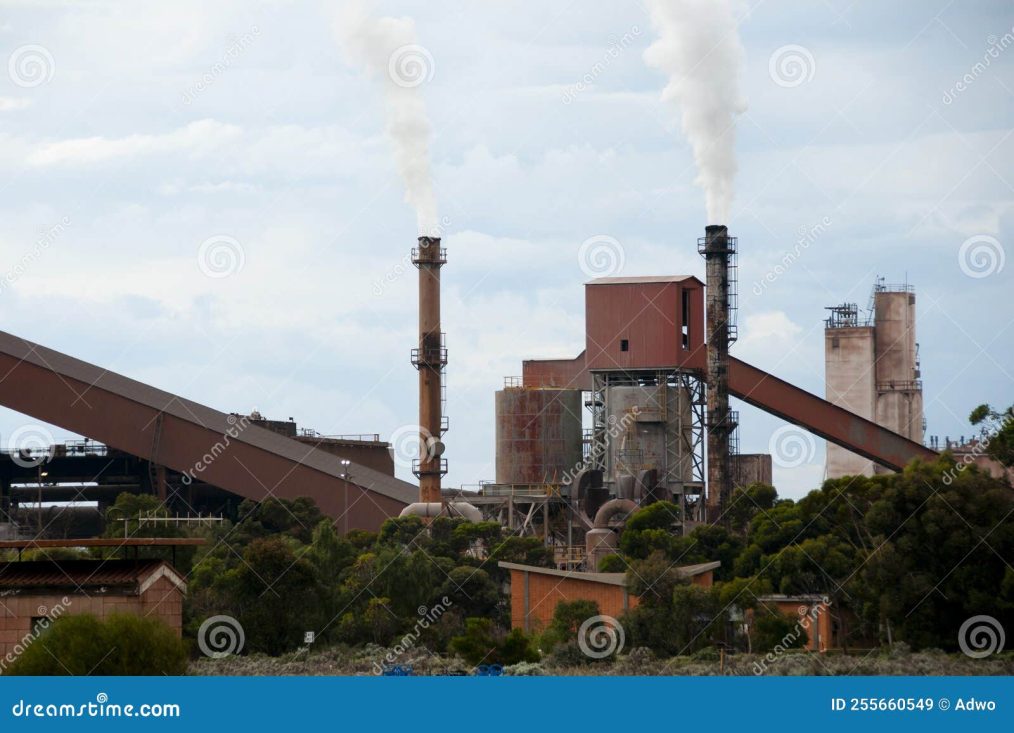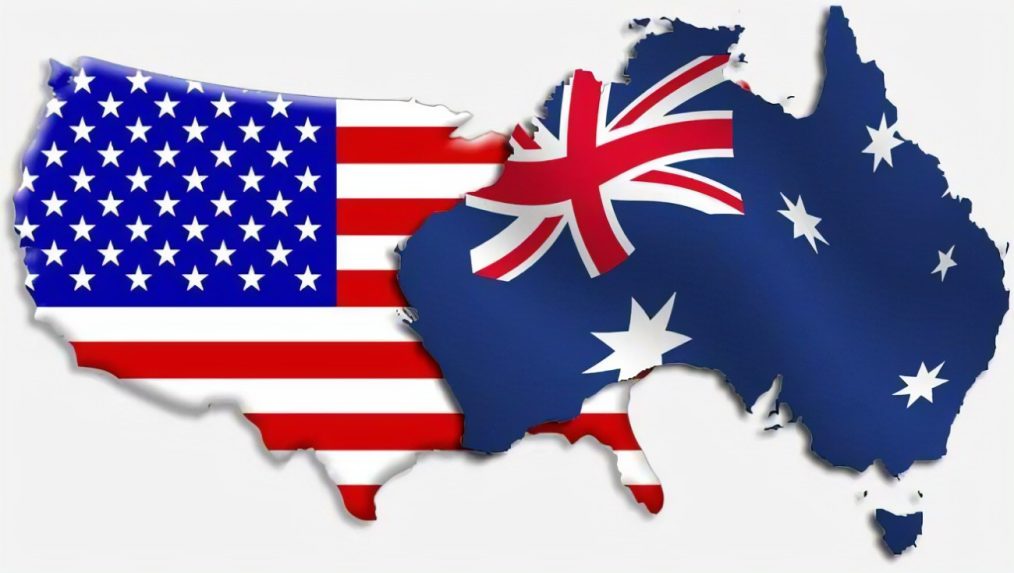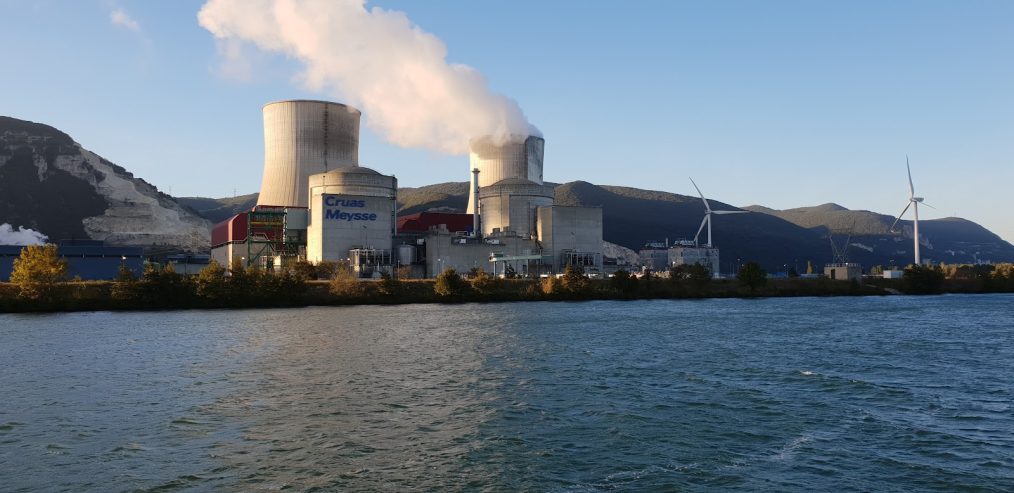eWISE Blog
Wind energy is often hailed as a cornerstone of the renewable energy revolution—a clean, sustainable alternative to fossil fuels. However, there’s a hidden side to wind energy that rarely makes headlines. Beneath the promises of clean energy and sustainability lies a trail of environmental consequences, resource consumption, and waste management challenges that are often overlooked. Let’s dig into the reality of wind energy and its true cost to the environment and society.
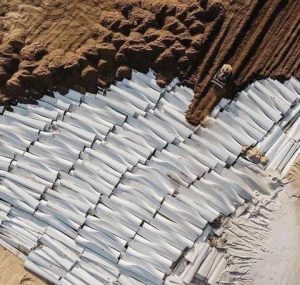 One of the most glaring issues with wind energy is the disposal of turbine blades. These massive blades, often over 200 feet long, are made from fibre-reinforced composites that cannot be economically recycled. As a result, when they reach the end of their 20-year lifespan, they are buried in landfills. Bulldozers, like the little yellow one in the image, are often used to bury these enormous blades. While this may come as a surprise to many, it is a reality of green energy infrastructure that is rarely discussed.
One of the most glaring issues with wind energy is the disposal of turbine blades. These massive blades, often over 200 feet long, are made from fibre-reinforced composites that cannot be economically recycled. As a result, when they reach the end of their 20-year lifespan, they are buried in landfills. Bulldozers, like the little yellow one in the image, are often used to bury these enormous blades. While this may come as a surprise to many, it is a reality of green energy infrastructure that is rarely discussed.
Currently, there is no scalable, cost-effective way to recycle wind turbine blades. This disposal problem is only getting worse as more turbines are installed worldwide. Special landfills are already running out of space, and this is with only a small percentage of the world’s energy currently coming from wind. Imagine the landfill crisis we’ll face when more turbines reach the end of their life cycle.
The average wind farm consists of around 150 turbines. Each turbine requires a footprint of about 1.5 acres, meaning a single wind farm needs 225 acres of land. To power a city the size of Sydney, Australia, approximately 3,800 turbines would be needed…equating to 57,000 acres of land.
This land isn’t just empty space. It often requires clear-cutting forests or displacing agricultural land to make way for turbines. Trees, which naturally help absorb carbon dioxide and provide habitat for wildlife, are cut down because they create barriers and turbulence that interfere with the sustained wind speeds necessary for turbines to function efficiently. Ironically, in the pursuit of green energy, we’re damaging ecosystems and reducing natural carbon absorption capabilities.
A little-known fact about wind turbines is that they require oil to function. Each turbine needs approximately 80 gallons of synthetic oil for lubrication and this oil must be replaced annually. The oil used is not a plant-based or environmentally friendly product; it’s a PAO (polyalphaolefin) synthetic oil derived from crude oil.
To put this into perspective, powering a city the size of Sydney would require 3,800 turbines, consuming about 304,000 gallons of refined oil every year. Now multiply that by the number of cities across Australia, and you start to see the massive oil consumption required to maintain these “clean energy” solutions. This dependency on oil ties wind energy back to the very fossil fuel industry it aims to replace.
The wind energy industry is heavily subsidised by governments, using taxpayer money to fund what is often seen as a cleaner, greener alternative to fossil fuels. However, these subsidies mask the hidden costs of wind energy, including its reliance on oil, the environmental impact of land use, and the growing waste disposal problem.
It’s worth asking: did the manufacturers of wind turbines know about these issues from the start? If they did, why haven’t they been more transparent about the challenges? The answer may lie in the billions of dollars in government subsidies that keep the industry afloat. Admitting to these shortcomings could jeopardise that funding.
Building, installing, maintaining, and eventually decommissioning wind turbines requires heavy machinery that runs on petroleum-based fuels. From the cranes used to erect turbines to the trucks that transport them, every step of the process depends on fossil fuels. Even the removal and disposal of turbine blades involve diesel-powered equipment.
The irony is hard to ignore: the green energy industry relies on fossil fuels at nearly every stage of its lifecycle. This dependence undermines the narrative that wind energy is a clean and sustainable solution to our energy needs.
What happens 20 years from now when thousands of wind turbines reach the end of their lifespan? With no viable recycling options, those massive blades will continue to pile up in landfills. And it won’t stop there every 20 years, the cycle will repeat, creating an ever-growing waste problem.
As of now, only about 7% of the nation’s energy comes from wind. Imagine if the remaining 93% of energy were to be supplied by wind. The scale of the waste disposal issue would be astronomical. Without significant advancements in recycling technology or alternative materials, we’re setting ourselves up for a long-term environmental disaster.
Another often-overlooked aspect of wind energy is the opposition from communities and politicians who don’t want turbines in their backyard. While wind farms may be promoted as a necessary step toward a greener future, many decision-makers prefer to keep them out of sight. This “NIMBY” (Not In My Backyard) mentality highlights the disconnect between advocating for green energy and dealing with its real-world implications.
Wind energy is often portrayed as a clean, eco-friendly alternative to fossil fuels. However, the reality is far more complex. From the oil required to maintain turbines to the land use and waste disposal challenges, wind energy comes with significant environmental costs.
It’s time to have an honest conversation about the true impact of wind energy. While it may be part of the solution to reducing carbon emissions, it’s far from the perfect answer it’s often made out to be. Without addressing the hidden costs and challenges, we risk creating new environmental problems in the name of solving old ones.
As we continue to invest in renewable energy, it’s crucial to ask tough questions about sustainability, transparency, and long-term impact. After all, the future of our planet depends on making informed, responsible choices, not just following the latest green trend.






